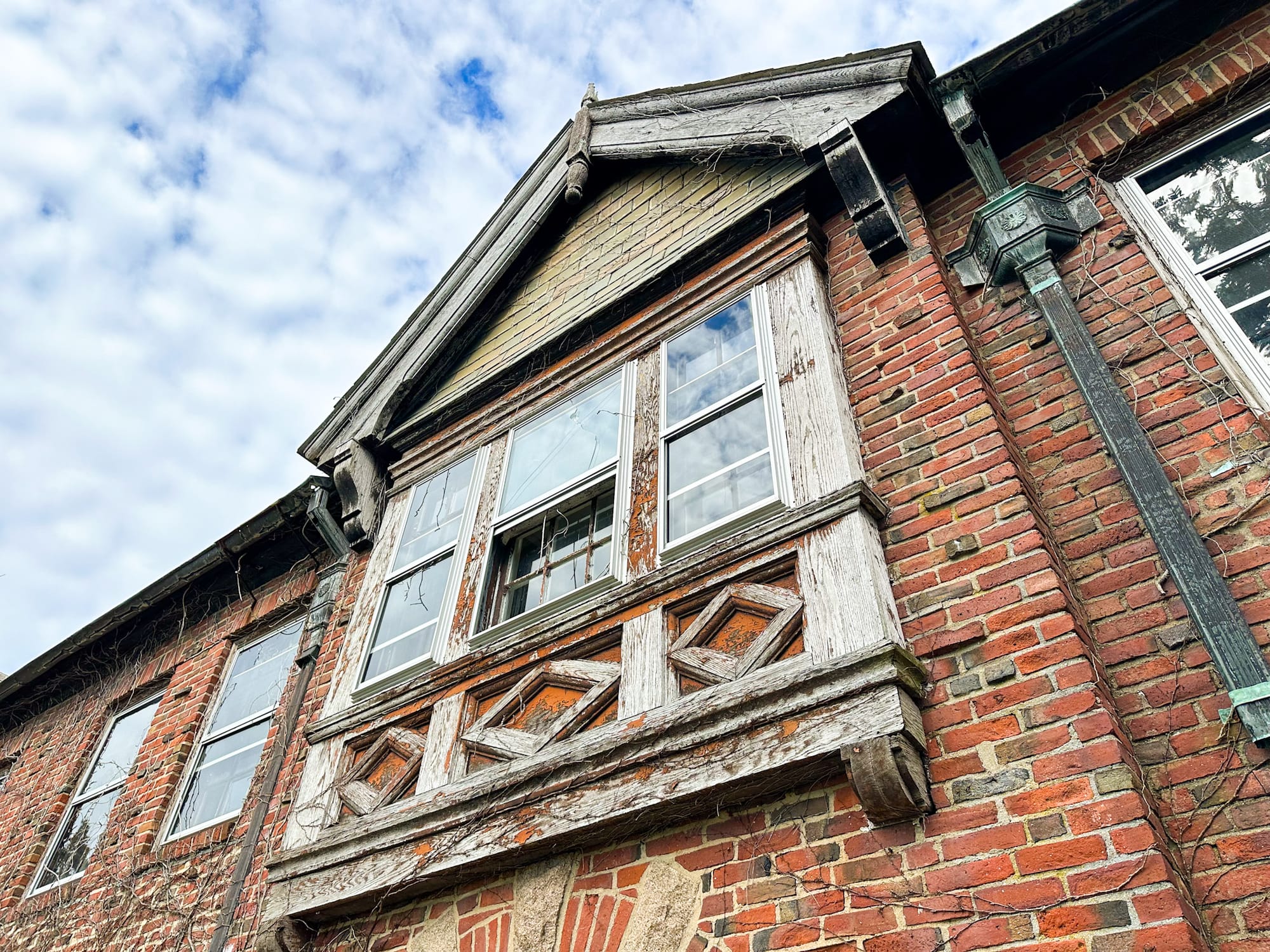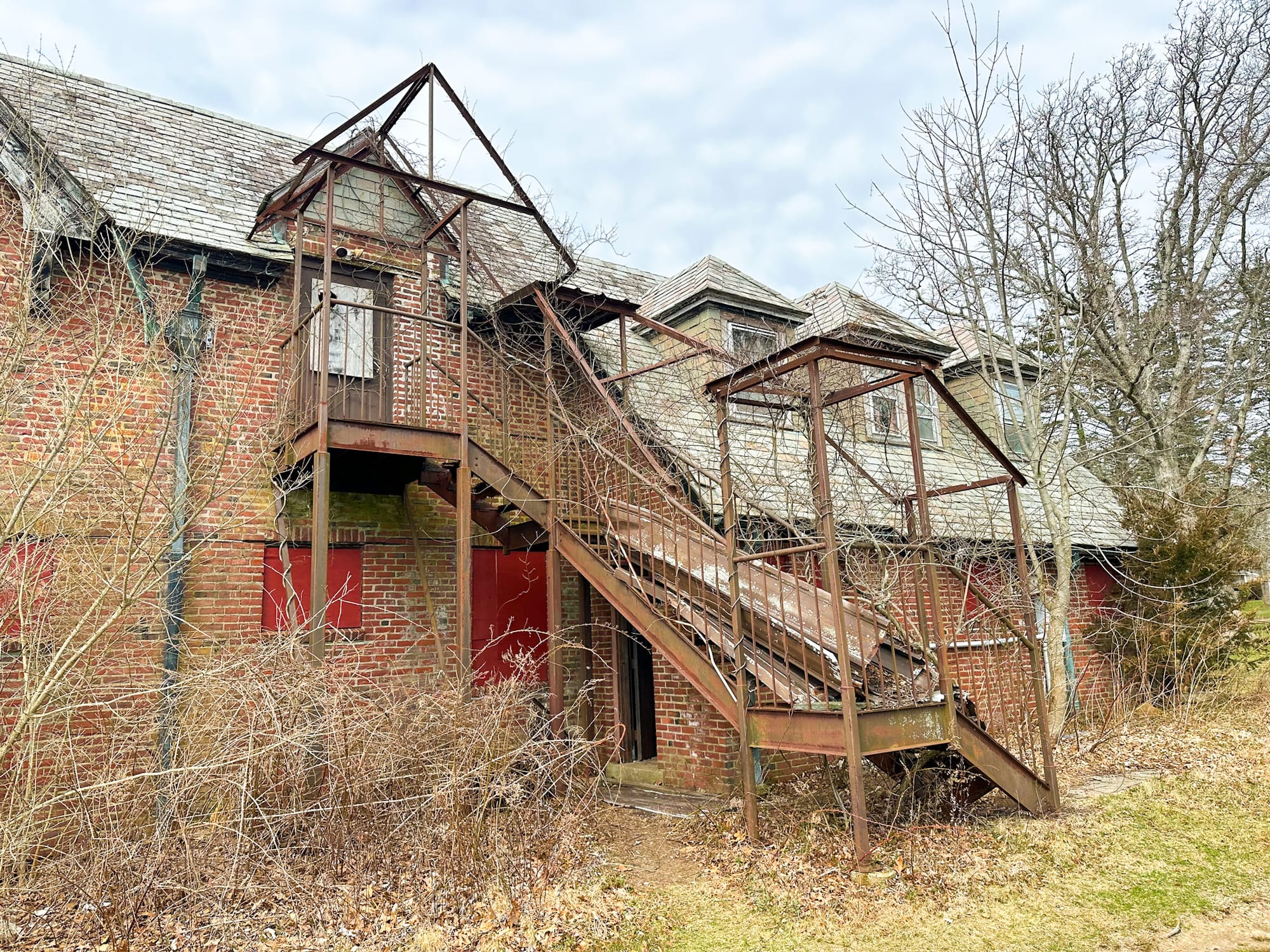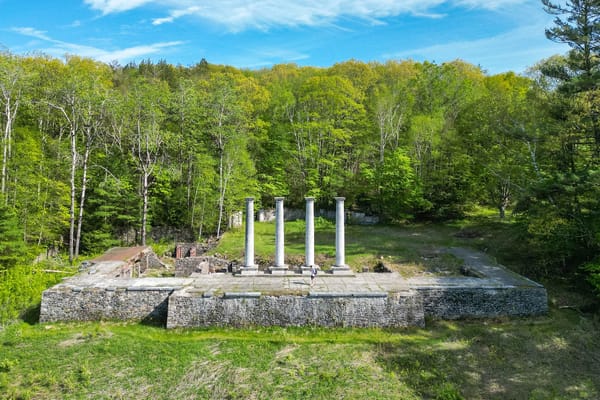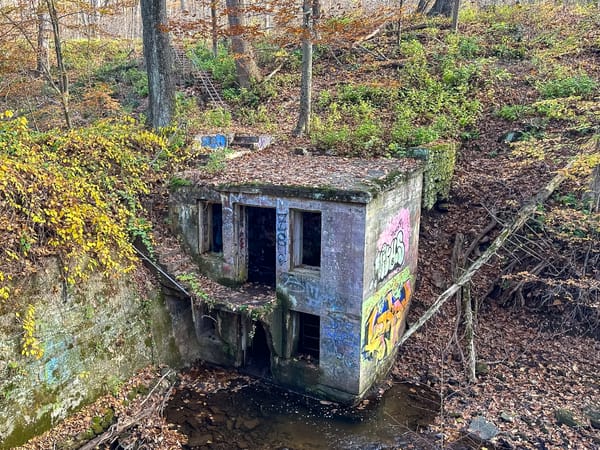Seaside Sanatorium (Waterford, CT)
Along the rocky coastline of Waterford, Connecticut, stands the abandoned Seaside Sanatorium medical complex.

Exploring the abandoned Seaside Sanatorium along the shores of Waterford, Connecticut
Perched along the rocky coastline of Waterford, Connecticut, the Seaside Sanatorium stands as one of New England’s most hauntingly beautiful relics. With sweeping views of Long Island Sound, this abandoned medical complex tells a story that is equal parts medical innovation, architectural splendor, and eerie decay.
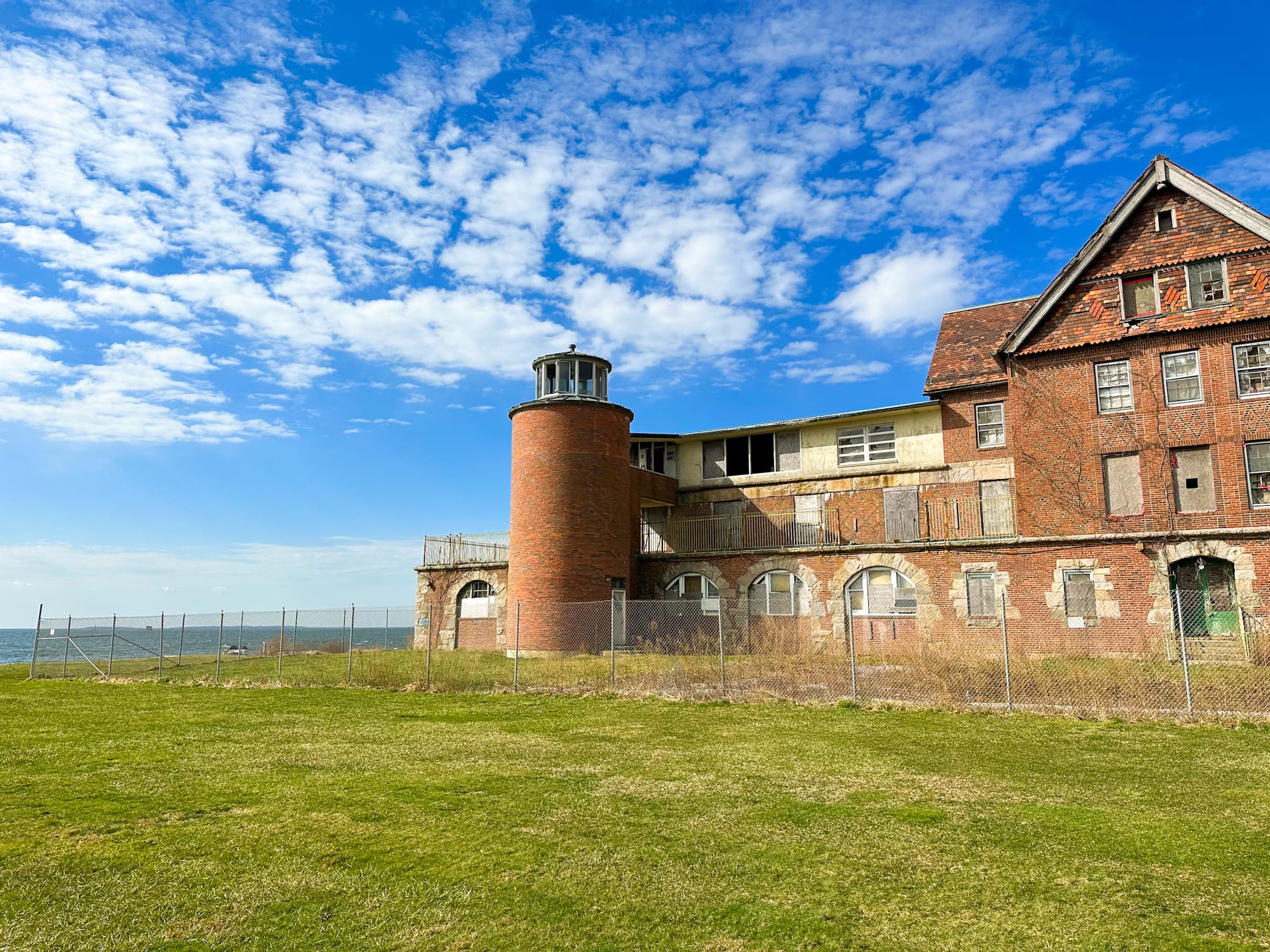
A Vision of Sunlight and Sea Air
The Seaside Sanatorium was established in the 1930s as a state-of-the-art tuberculosis hospital — the first in the United States designed specifically for the heliotropic treatment of children. At a time when tuberculosis was a leading cause of death, doctors believed that sunlight and ocean air could aid recovery.
To bring this vision to life, the state commissioned renowned architect Cass Gilbert, best known for his work on the Woolworth Building in New York City and the U.S. Supreme Court Building in Washington, D.C.
Gilbert designed Seaside in the Tudor Revival style, incorporating grand terraces, open balconies, and south-facing wards to maximize exposure to sunlight. The sprawling campus included patient dormitories, medical offices, nurses’ quarters, and recreational spaces — all centered around the idea of healing through nature.
Children would spend hours outdoors on wheeled hospital beds, basking in the ocean breeze and the warmth of the sun. It was an idyllic, if idealistic, vision of recovery.
However, the discovery of antibiotics in the 1940s and 1950s quickly rendered such treatments obsolete.

From Sanatorium to State Facility
As tuberculosis declined, the Seaside Sanatorium evolved. In the 1950s, it was repurposed as a geriatric hospital. Later, in the 1960s and 1970s, it transitioned into a residential facility for the intellectually disabled, reflecting a shift in public health priorities.
Despite its noble beginnings, the institution’s later years were marked by controversy. In stark contrast to the horrific abuse uncovered in other state-run facilities of the time, Seaside was portrayed positively in the 1966 photographic exposé Christmas in Purgatory, which showed it as a model of humane treatment and compassion.
Still, the facility was not immune to hardship. Allegations of patient neglect and unusually high mortality rates emerged in the 1970s and 1990s, casting shadows over its final decades. In 1996, the Seaside closed its doors for good.

Architecture and Atmosphere
Today, the Seaside Sanatorium remains one of Connecticut’s most architecturally significant abandoned sites. Gilbert’s Tudor Revival design — with steeply pitched roofs, stone façades, and elegant dormer windows — still exudes grandeur, even as the structures crumble.
Visitors walking the property can see:
- 🏥 The main hospital building, now boarded up but striking in silhouette
- 🧱 The nurses’ residence and service buildings, slowly being reclaimed by the elements
- 🌊 Expansive lawns leading directly to the Long Island Sound shoreline
While entry into the buildings is strictly prohibited, the grounds are open to the public as part of Seaside State Park, allowing visitors to appreciate the site’s haunting beauty from a respectful distance.

A Reputation for the Paranormal
As with many abandoned hospitals, Seaside has gained a reputation for being haunted. Local legends speak of ghostly apparitions, unexplained voices, and cold spots within the main building.
Paranormal investigators, including the New England Paranormal Video Research Group, have conducted investigations here, capturing EVPs (electronic voice phenomena) and orb-like anomalies in photographs.
Whether or not one believes in ghosts, the atmosphere at Seaside is undeniably powerful — the mix of architectural beauty, ocean air, and silence creates an experience that feels almost otherworldly.

Preservation and the Future of Seaside
After years of debate about what to do with the property, the state of Connecticut designated it as Seaside State Park in 2014. While several redevelopment proposals have been discussed — from luxury hotels to educational centers — the future of the historic buildings remains uncertain.
The park is now managed by the Connecticut Department of Energy and Environmental Protection (DEEP), which maintains the grounds for public access. Visitors can picnic along the water, walk the pathways, and photograph the striking exterior of the sanatorium.
For now, Seaside remains in a state of beautiful decay — a monument to the past, standing quietly at the edge of the sea.

Visiting Seaside State Park
- 📍 Address: 36 Shore Road, Waterford, Connecticut
- 🌐 GPS Coordinates: 41.301639, -72.129639
- 🅿️ Parking: Free parking available in the lot off Shore Road, just west of Seaside Drive (surface is rough but walkable; only a few hundred feet from the ruins)
- 🕰 Hours: Open daily from 8:00 a.m. to sunset
- ⚠️ Note: The buildings are closed to the public — entry is prohibited for safety reasons, and park rangers patrol the property regularly
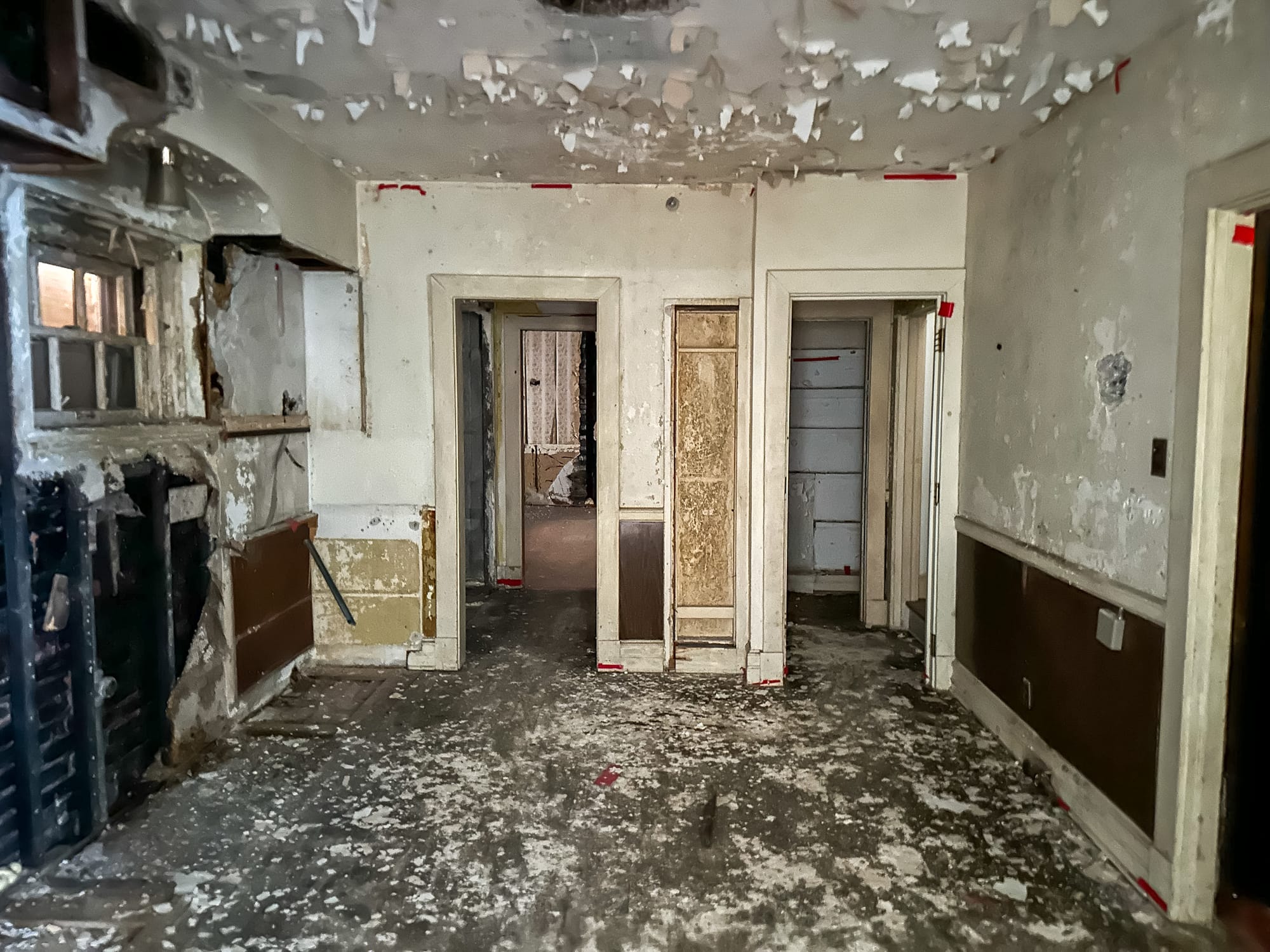
Quick Facts
- 🏗 Opened: 1934
- 🧒 Original Purpose: Children’s tuberculosis sanatorium
- 🧱 Architect: Cass Gilbert
- 🏥 Later Uses: Elderly home, hospital, and facility for the intellectually disabled
- 🔒 Closed: 1996
- 🏛 Current Use: Seaside State Park (public grounds, buildings closed)
- 🌊 Notable Feature: Direct oceanfront location on Long Island Sound

Final Thoughts
The Seaside Sanatorium in Waterford, Connecticut, is a place where history, architecture, and emotion converge. Its story — from groundbreaking medical innovation to haunting abandonment — captures the changing tides of both science and society.
Standing before its Tudor towers, with the sound of waves crashing just beyond the lawns, you can almost sense the echoes of laughter, recovery, and sorrow that once filled its halls.
Whether you visit for its architectural beauty, its eerie mystique, or its oceanfront serenity, Seaside offers a deeply moving reminder of how even the most hopeful places can fade into haunting silence — and how beauty often lingers longest in the ruins of the past.

